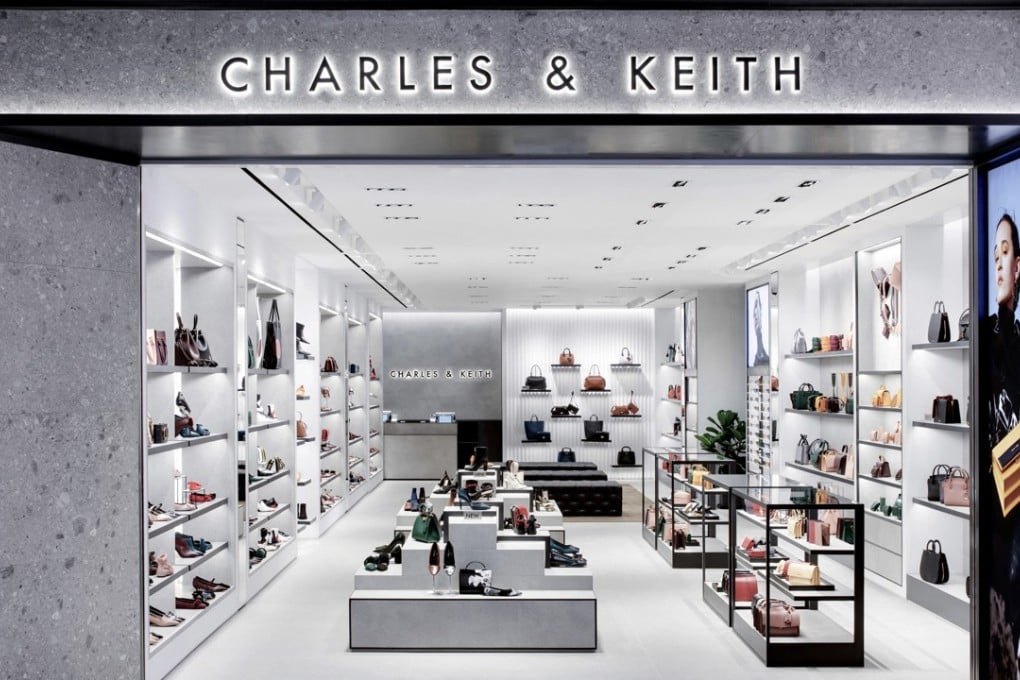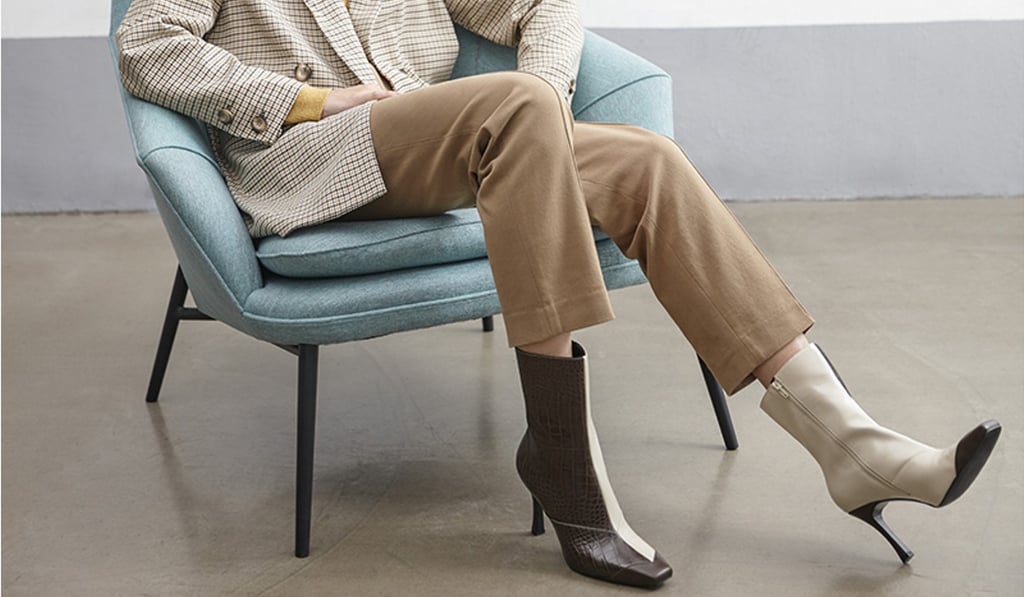A Zara for shoes and bags, Singapore’s Charles & Keith has reached Hong Kong at last
- City’s would-be Carrie Bradshaws don’t have to go to Singapore for trendy, affordable accessories fix any more
- LVMH-invested brand opening two stores

For years, aspiring Carrie Bradshaws in Hong Kong had to lug an extra suitcase when travelling to Singapore, Bangkok or other neighbouring cities to stock up on the latest trendy shoes and bags by Charles & Keith. Well, not any more.
The Singapore-based fast-fashion brand, which is known for its stylish accessories sold at affordable high street prices, has a strong regional presence in Asia-Pacific, including the Philippines, Malaysia and Cambodia. Now, it is finally in Hong Kong too. The first outlet in New Town Plaza, Sha Tin, opened in late September, while its Central boutique at Parker House in Queen’s Road Central is due to open soon.
With limestone fixtures and minimalist dark grey furnishing, the stores’ sleek interior design is a perfect backdrop for the brand’s latest winter 2018 pre-collection, which ranges from beaded fringe mules and thigh-high boots to lace-trimmed bucket bags and elongated clutches. Most of the items cost less than US$100.
“Our decision to enter the Hong Kong market was supported by positive market sentiment and consumer intelligence,” says Carol Fok, country general manager for Hong Kong and Macau. “We saw the potential of reaching out to fashion-conscious women that value self-expression. They are experimental with fashion and desire contemporary and trends-focused designs.”

Founded by brothers Charles and Keith Wong in Singapore in 1996, the accessories brand began as a small shoe store in a hotel shopping arcade, and soon expanded across multiple locations thanks to its variety of cheap yet fashionable shoes.